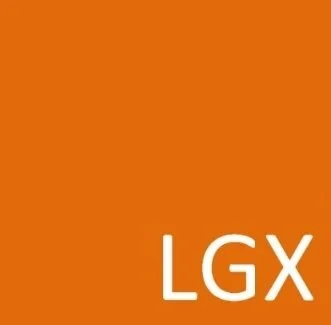Public Sector Budgets and Procurement...Who's in charge?
As a former elected official, my colleagues and I who were elected to serve the people of our community spent hours of hand wringing, debate, meetings, constituent input and flat out arguments about how best to manage each year's budget. Contrary to popular belief, public spending is a challenging endeavor, made more so by the knowledge that the taxpayers are already stretched to their limits, no one wants to raise taxes and no one wants to cut services. That experience is part of the reason that LGX Corporation now offers services to public sector entities to allow them to reduce costs by applying real-time market pressure to suppliers through the reverse auction process.
Some significant sized public sector governing boards have seen the value of stretching their budgets through the reverse auction process and have directed their staffs to engage organizations like our to help save money, but what happens when the staff refuses to use this cost savings tool that the governing board requested?
Elected Officials vs. Staff
The people of any given jurisdiction have entrusted the spending of their tax dollars with the folks they elect. Elected officials entrust the execution of their spending policies to their staff. Why then does the staff not take the direction of the elected officials?
When it comes to reverse auctions, a couple of reasons come to mind: The staff is insecure in their position or the staff is a bit too comfortable with the status quo.
We've run surveys in the past and asked staff members why they wouldn't use the reverse auction process, the overwhelming response? "Saving money is my job, reverse auctions threaten that..." With years of data under our belt, we know that reverse auctions save 18% to 20% more than staff negotiated, or sealed bid, pricing on the categories and events to which they are applied. Our experience shows us that 20-25% of a public sector entities budget could be acquired through this highly effective tool. If an entity has a $500 million dollar budget, for example, $125 million in spend could be producing more savings. In our experience, those savings should amount to somewhere in the vicinity of $20 to $25 million dollars. That's money available to cover cost increases in areas like payroll and insurance or deliver new programs or services.
Fear of change is costing these public sector entities, and their taxpayers, greatly.
Accountability
What's the answer? Elected officials must do more than simply adopt policies, they must ensure that their staffs are following the policies set forth in order to realize the outcomes that they rightly adopted the policies to achieve.
